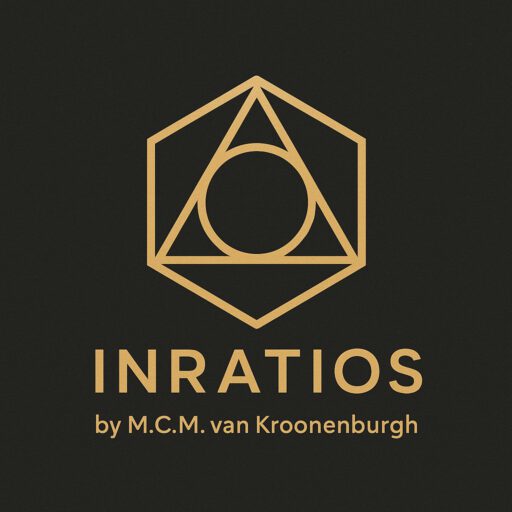When Shapes Begin to Speak
How digital shapes reveal more than their outline
This week, we go beyond what shapes look like, to how they speak.
In our new theme, “Beyond the Surface – Visual Geometry Reimagined,” we explore how geometry, once static and silent, begins to act, respond, and even decide, especially in digital systems.
From output to interaction
In the early days of computer graphics, shape was just output.
A pixelated result. A line drawn on a screen.
Recognition came afterward, when a human saw the shape and named it.
But today, shapes no longer wait to be recognized.
They speak.
In AI systems, autonomous vehicles, medical scans, and architectural tools, shapes don’t just appear.
They get interpreted.
Every curve, every angle is measured, classified, validated, often in fractions of a second.
And that raises a deeper question:
“What exactly is the system measuring?”
Seeing ≠ Knowing
A child sees a circle and names it.
A machine sees 183 pixels and a perimeter of 0.7831 SAU.
That’s not error, it’s recognition.
But how do we know if what’s recognized is “really” a circle?
This is where classical geometry falls short.
Pi-based formulas describe shapes well on paper, but they don’t offer direct answers to machines.
π is infinite.
Ratios like π/4 or √2 must be approximated, often rounded, estimated, translated into binary.
The result?
Every recognition is a guess.
A well-informed guess, maybe. But a guess nonetheless.
And that’s not good enough when decisions depend on it.
Not in surgical robots. Not in self-driving cars.
Not in systems where “close enough” is not enough.
Enter GRM: A System that Listens to Shapes
The Geometric Ratio Model (GRM) shifts this logic.
It doesn’t ask: Is this roughly a circle?
It asks: Does this shape fit a fixed structural ratio?
Take the circle. In GRM, a circle perfectly inscribed in a square will always have:
- Perimeter: 0.7854 SPU
- Area: 0.7854 SAU
- Radius: 0.1250 SPU
(Only valid if the circle truly touches all sides of the square.)
No rounding. No estimation.
Just fixed proportion.
Now the system doesn’t guess if it sees a circle.
It measures if the input fits a known structure, like a ratio of 0.7854 ± 0.002 within a classification model.
If so: “Circle detected. Minor deviation. Confidence: 91%.”
Just like that, shapes begin to speak, not as drawings, but as ratios within known boundaries.
From Pixels to Proof
Imagine an AI analyzing an MRI scan.
Instead of vaguely estimating the curvature of a tumor, it compares pixel data to structural ratios.
It checks whether the form aligns with a circle, ellipse, or distorted polygon,within known tolerance bands.
- A value of 0.7845? Classified as perfect circle.
- A value of 0.7831? Minor deviation.
- A value outside 0.7900? Likely not a circle at all.
The difference may seem smal,
but in digital logic, these distinctions matter.
They enable machines to move from passive rendering to active recognition.
From outlines to structure.
From guessing to understanding.
A Geometry That Speaks System
The genius of GRM isn’t just that it replaces π.
It’s that it replaces ambiguity with structure.
Instead of measuring with floating-point values,
we compare against known ratio,
predefined, visual, repeatable.
And that opens the door to new applications:
- AI that validates rather than just detects
- CAD software that knows when a design element deviates
- Educational tools that teach structure rather than memorization
- 3D modeling tools that evaluate volumes without simulation
The shape doesn’t just sit there.
It participates.
Today we saw how shapes can be heard (measured, classified, and interpreted) not through their outline, but through their structure.
But what if structure goes even deeper?
In tomorrow’s post, we’ll explore how every shape carries a unique ratio, a kind of geometric signature.
Not just circles, but triangles, spheres, ellipses, and hexagons.
Each with its own fixed SAU or SVU.
Because in GRM, to measure a shape is to know its identity.
Up next: “Ratio as Signature” – How every form reveals itself through proportion.

